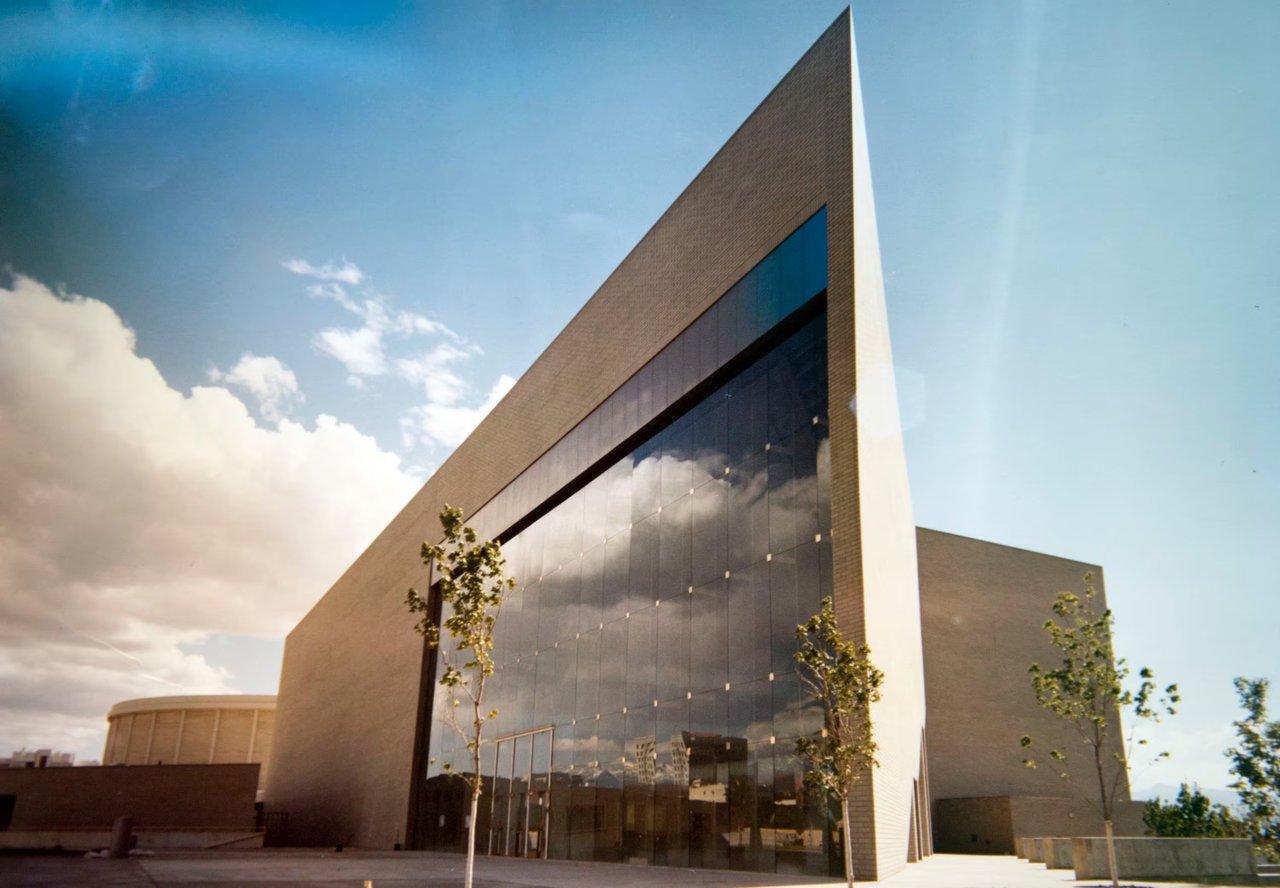Abravanel Hall, located in downtown Salt Lake City, is an architectural and cultural gem that has been home to the Utah Symphony since its opening in 1979. Named after the late Maurice Abravanel, the symphony's renowned music director, the hall is celebrated for its stunning acoustics and elegant modernist design, making it a centerpiece of the city's arts scene. The venue is part of the Triad Center development and reflects Salt Lake City's commitment to fostering a world-class cultural experience.
Currently, Abravanel Hall faces an uncertain future due to Salt Lake City’s plans to revamp the downtown area. The redevelopment proposals aim to modernize the urban core, including areas surrounding the Delta Center and the Salt Palace Convention Center. However, these plans highlight the urgent need for substantial renovations to the hall, estimated to require hundreds of millions of dollars. Concerns have arisen over whether Abravanel Hall will be preserved or replaced as part of these initiatives, sparking significant community advocacy to maintain the historic venue's legacy.
Prominent figures, including legendary composer John Williams, have joined the campaign to save the hall, emphasizing its importance as a cultural landmark. Efforts to fundraise and raise awareness are ongoing, reflecting the passion of arts enthusiasts and the broader community to protect this iconic space. While challenges remain, the dialogue underscores the collective value placed on preserving Abravanel Hall for future generations of music lovers and cultural enthusiasts.
Abravanel Hall was recently added to the National Register of Historic Places in November 2024, a significant milestone that emphasizes its cultural and historical importance to Salt Lake City. This designation highlights the venue's exceptional architectural and acoustic design, particularly the contributions of Cyril Harris, a renowned acoustician. While buildings typically need to be at least 50 years old to qualify for this honor, Abravanel Hall was recognized under a special criterion for properties of "exceptional importance," even at its 45 years of age.
Being listed on the National Register opens up opportunities for financial incentives, such as federal tax credits that could cover up to 20% of renovation costs. However, since Salt Lake County, which owns the hall, does not have a tax liability, creative solutions like partnering with a private entity may be necessary to unlock these benefits. The designation does not provide outright protection from demolition or alteration but strengthens the case for its preservation and celebrates its role in the city’s arts and culture scene.
This recognition adds momentum to ongoing efforts to safeguard the venue as community members and officials explore funding solutions to ensure its continued relevance and use for generations to come.
For more details on its history and the preservation efforts, you can explore resources from KUER and Salt Lake Magazine.




